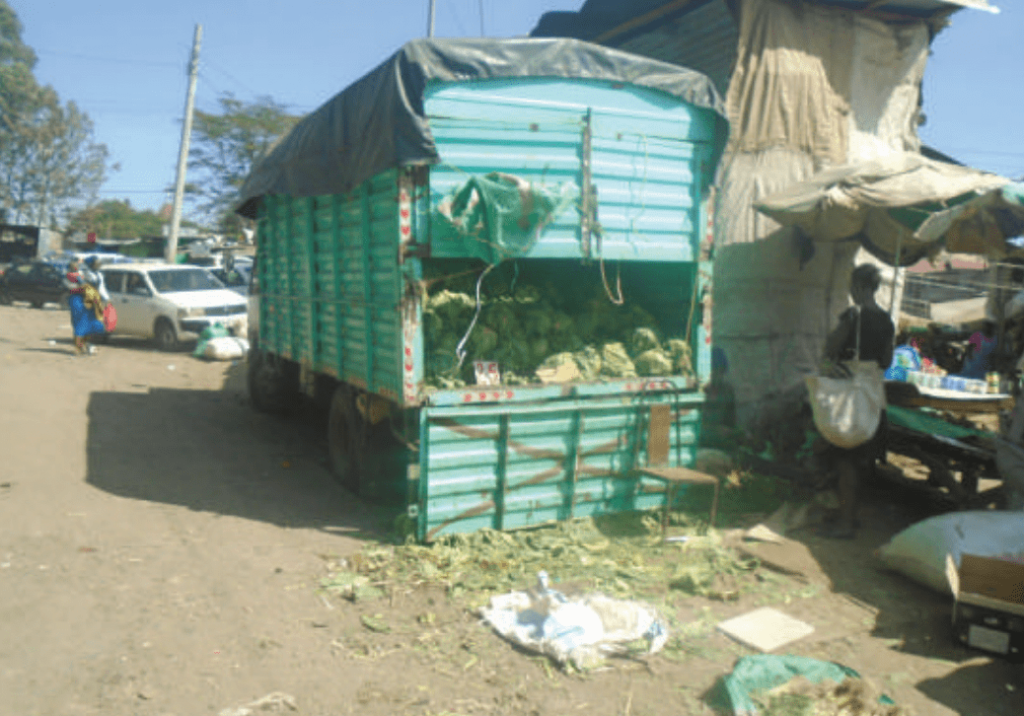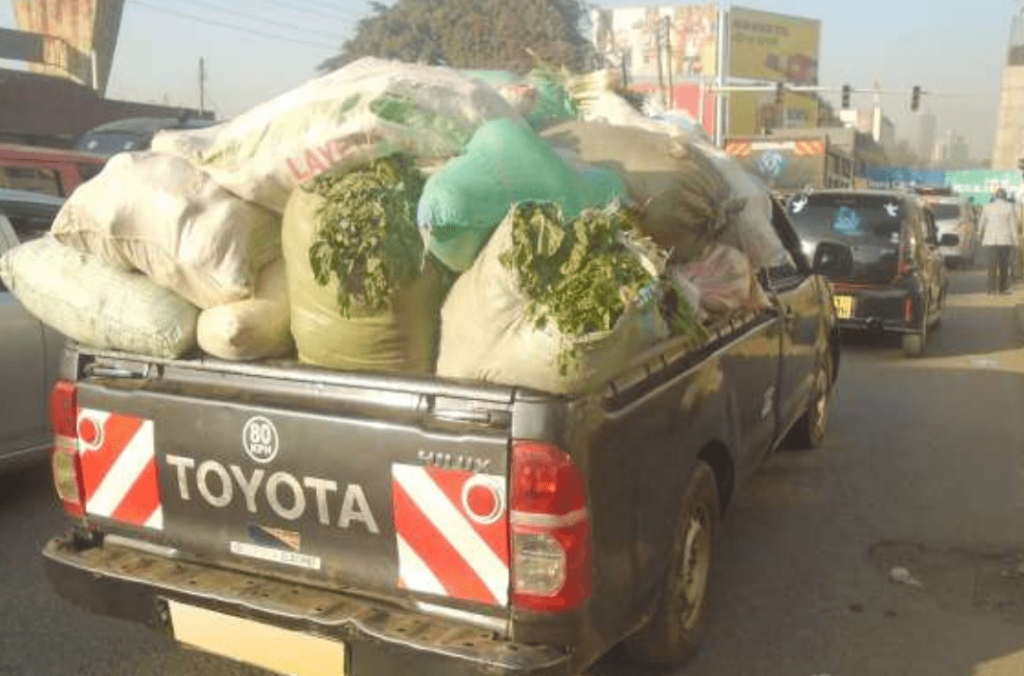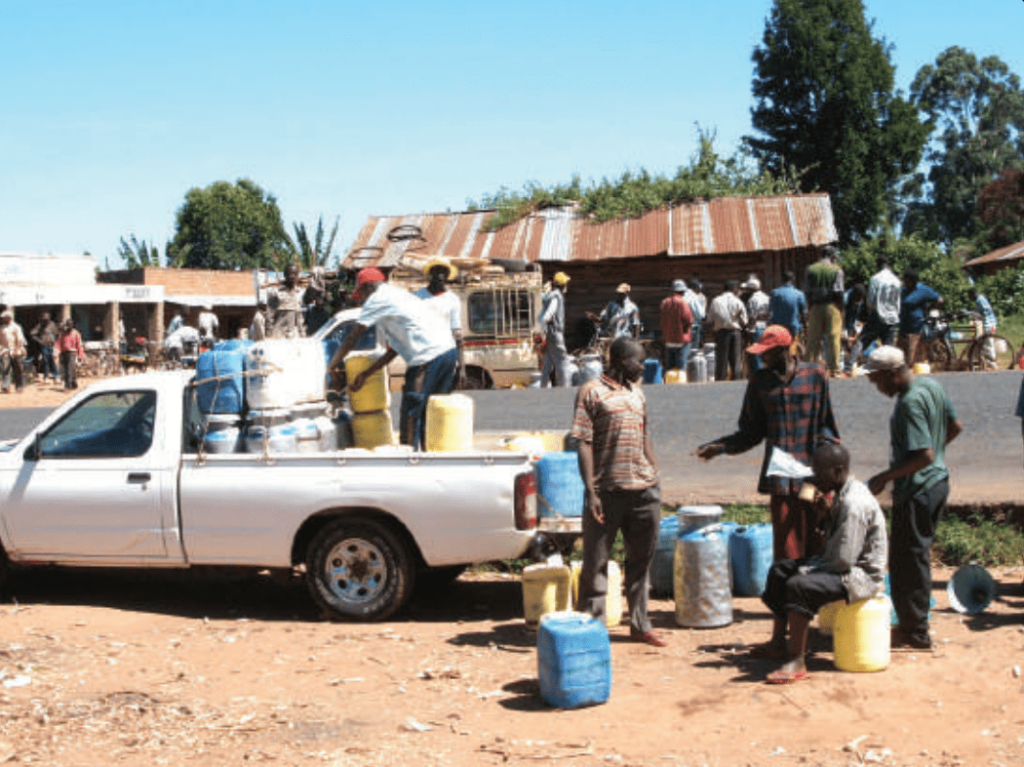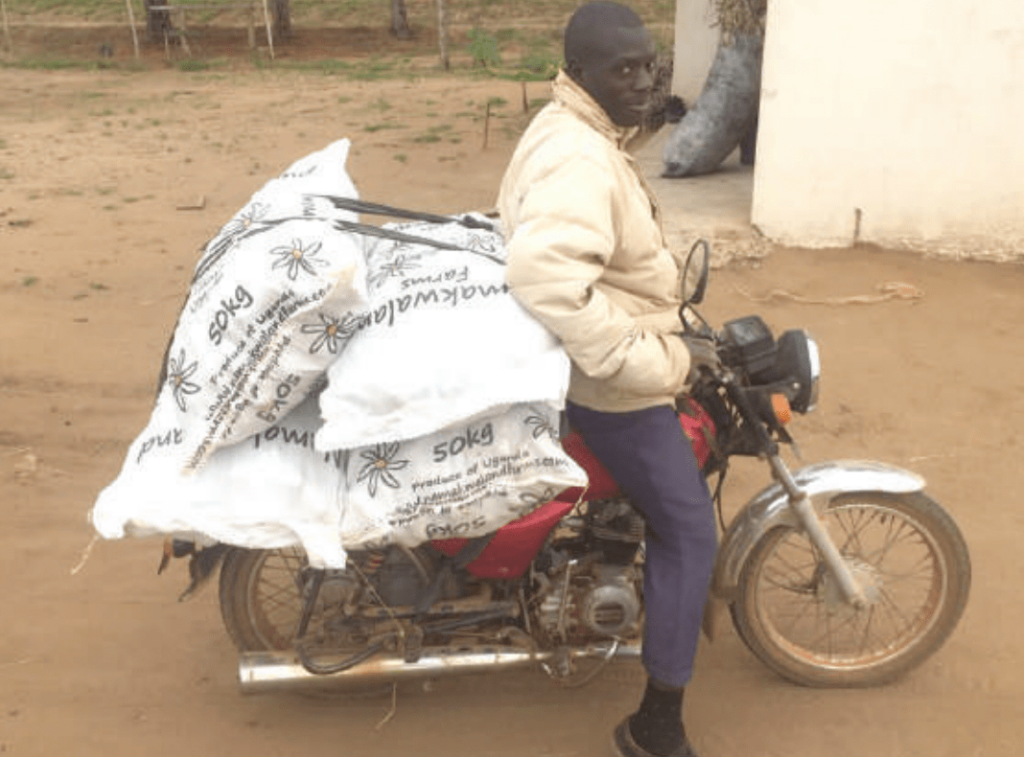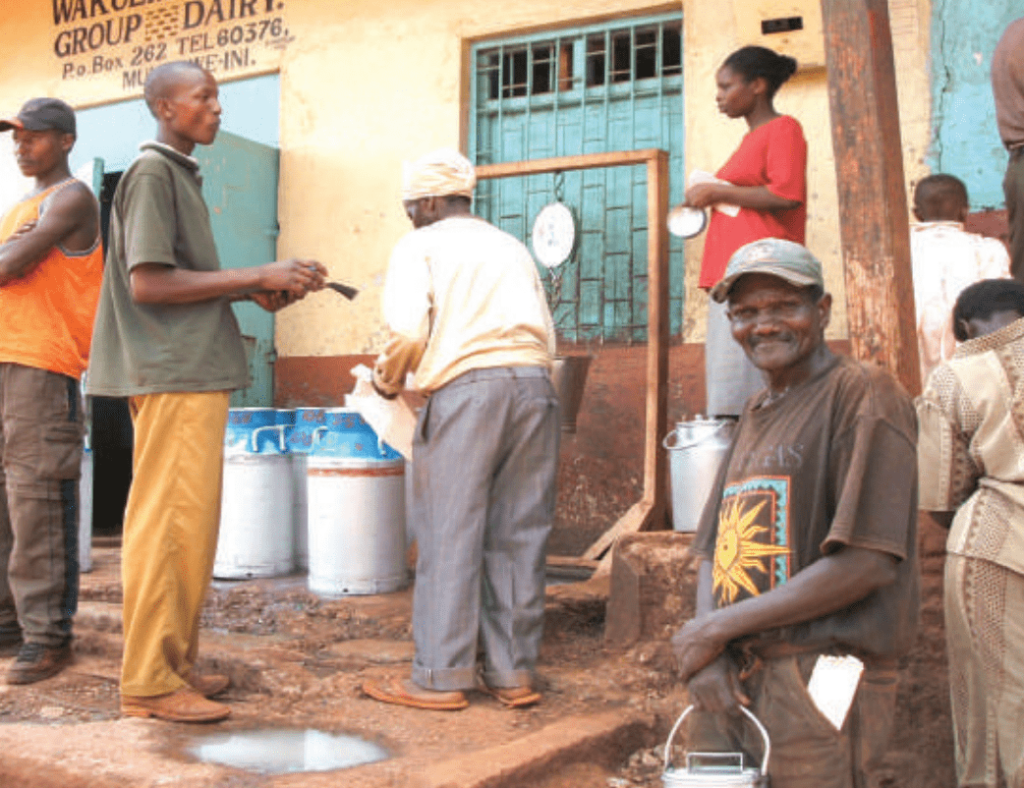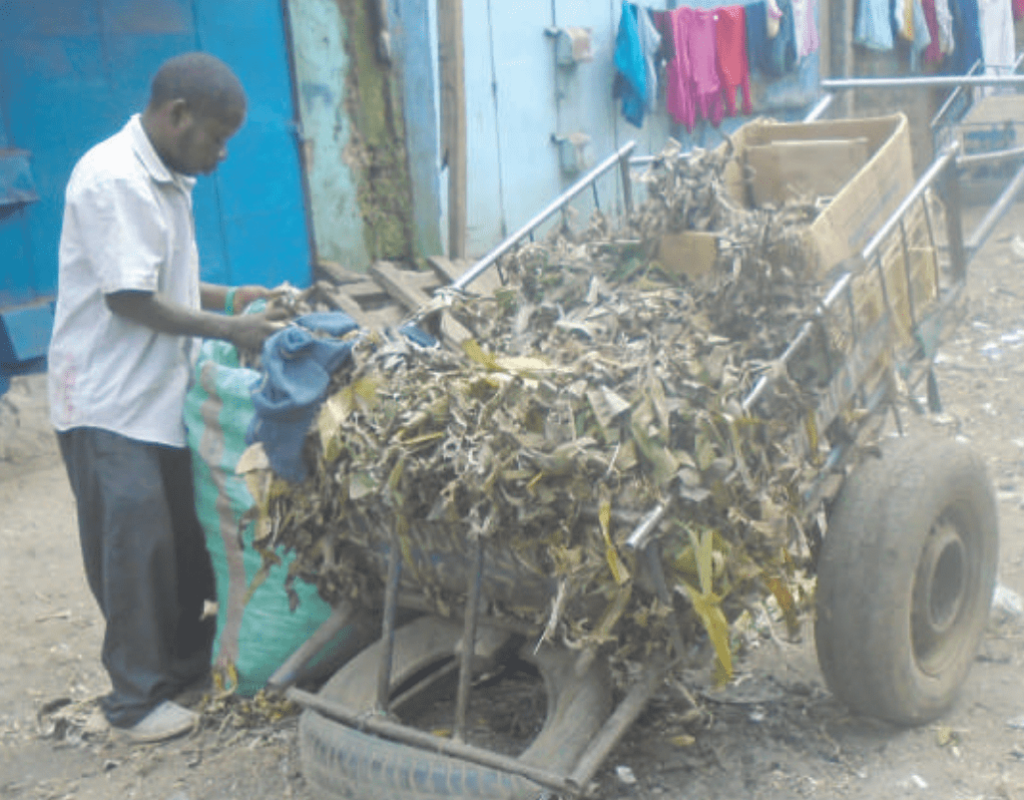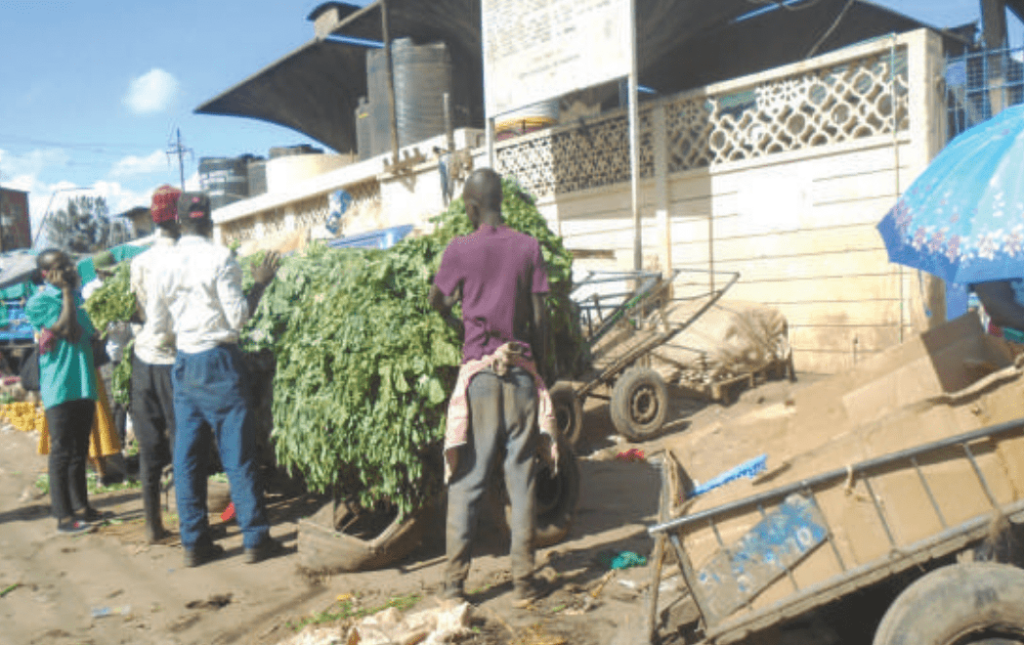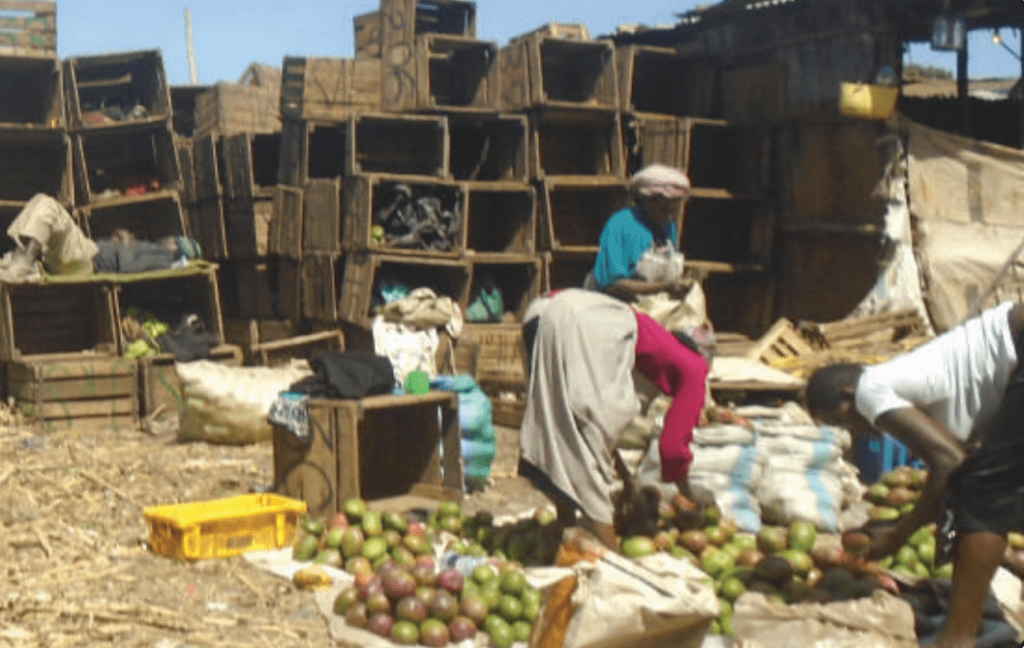By Henry Owino
The transportation is essential for the sustainability of agricultural production in sub-Saharan Africa as it impacts positively factors such as mobility, the adoption of highyielding varieties, high productivity crops and bigger farm size.
In rural parts of Africa, transportation modes include animal traction, car, truck, train and other intermediary means of transport (IMT) such as motorcycle, bicycle, boat and canoe mostly adapted for local transport problems with low and medium loads.
Intermediary modes of transportation (IMT) are crucial to farmers’ timely access to farm, markets and agro-services though the level of adoption may be unconnected with availability of quality road.
This waste of energy and time could affect their effective working time and productivity on the farm. It is believed that trekking shorter distances or using IMT would reduce food farmer’s walking time and increase productivity.
While good packaging of fresh farm produce reduces losses even further, it makes handling and trading of the product easier and, for retail trading, improves the marketability of the product.
According to experts, selection of the right container and packaging materials by farmers, traders or manufacturers, protects against damage or contamination by microorganisms, air, moisture and toxins. Agricultural products cannot be stored indefinitely.
The maximum storage duration (the shelf life) of agricultural products varies and can only be a few days for some fruits and vegetables, a couple of months for most tubers and bulbs, and over a year for dried food grains or other seeds, depending on the storage method.
In this edition, PanAfrican Agriculture pictorial depicts the transportation and handling approaches likely to lead to further loss of produce.

